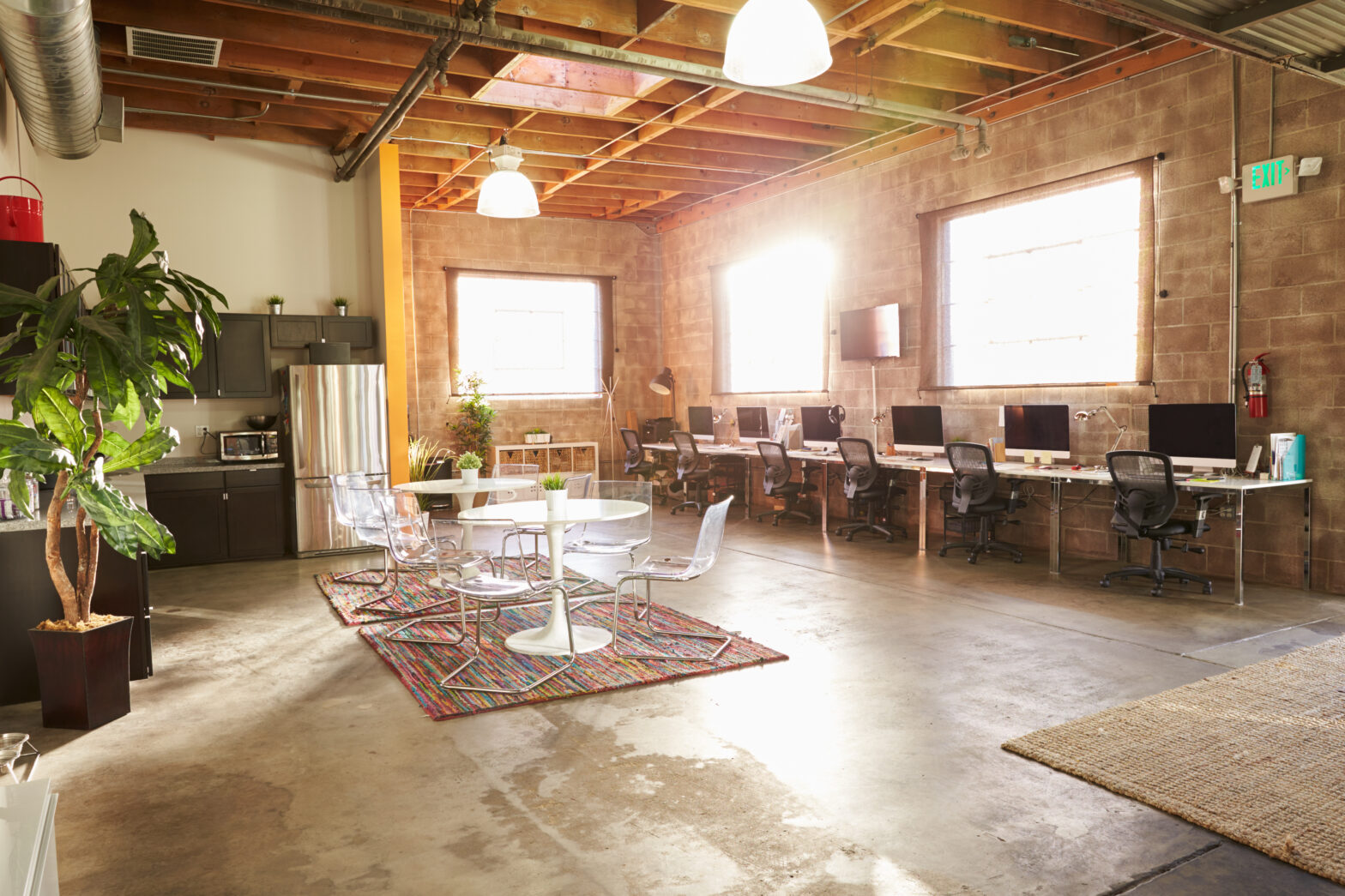Experts in office design have undertaken lots of research in recent years to identify which design features have become popular and why.
Much of this work has focused on how businesses are using technology and changing the work environment. Here are five ways in which your IT business could make a positive impact on your workforce, including increased employee satisfaction and productivity.
Create people friendly spaces
Google is perhaps the most well-known employer when it comes to making work a people-friendly place, providing a quirky cafe, a comfortable library and a relaxing roof garden among other features, in the London offices.
The aim is to make employees feel valued by providing them with a friendly place to eat, and areas designed for relaxation. Google has found that this promotes improved collaboration and encourages new ideas and ways of working.
>See also: Reimagining the workplace: how the office is changing
Applying similar creative principles to IT workspaces could revolutionise how your employees feel about being at work, as well as improve the amount of effort they’re prepared to make on your behalf.
Simple actions, such as offering your staff the opportunity to have a haircut on the premises or a neck massage at their desk, could work wonders.
Get the lighting right
Office workers are known to benefit from exposure to natural daylight, however, not all premises have large windows or skylights.
However, some simple steps can help you to make the most of what’s already in place. For example, if you get rid of curtains in favour of full height window shutters with manoeuvrable slats, you will be able to open up the window spaces more fully and let in more light in a cleverly controlled way.
Shutters can be made to fit any window and they come in a wide range of attractive finishes and styles, so are suitable for use in any room.
Artificial lighting to supplement daylight should be positioned according to how your staff are using shared and personal spaces. Use low ambient lighting that is free from glare and ensure task lighting is adjustable and placed at the side of screens and monitors.
Keep the noise down
The popularity of open-plan offices has probably peaked, not least because internal noise levels tend to rise when groups of people are talking, telephoning or moving around all at the same time.
Some organisations are rethinking open-plan accommodation and beginning to mix public areas with some quieter, private ones as an alternative. For instance, Pixar has created smaller units for five or six employees, grouped around a central open court, with every worker having personal space that they can customise.
>See also: Wine cellar, swimming pool and a treehouse: Inside Zoopla’s new office
Facebook also provides quiet corners where employees can work together if they wish. You can use freestanding screens to create new, smaller spaces in a large area, or if you’re stuck with an old-fashioned ‘cell’ structure, try replacing doors with hinged shutters that can be left open when desired and closed for complete privacy.
Reuse and recycle
In common with the drive to recycle as much as possible, good office design minimises the need to use paper and other consumables.
IT companies have plenty of scope for encouraging employees to do likewise through working onscreen and using the cloud to share documents and reports, so that there is a reduced requirement for printed matter.
This trend is likely to continue, with recycled materials being used more and more often, thus benefiting the environment.
You can make a good start by ensuring paper is always printed on both sides, labels are added to used envelopes for re-use, and by buying recycled toner cartridges if these are being used.
Installing an office recycling system will also encourage your employees to think twice before they discard or bin anything.
Green it up
Finally, another way in which office design is changing is the introduction of more greenery into internal spaces. The humble pot plant is often to be seen in office corners or on windowsills and the benefits are readily understood – plants clean and purify the air, reducing pollutants and contributing to a healthier internal environment.
>See also: 3 ways smart technology is impacting the office environment
Some designers have taken the idea a step further by introducing ‘living walls’ of greenery into designs for offices, hotels and private homes. If your IT office is chic and streamlined, use structured, architectural plants to enhance the effect.
Making the most of clever design ideas will improve your IT office environment on a number of levels, including your personal wellbeing and that of your colleagues.










